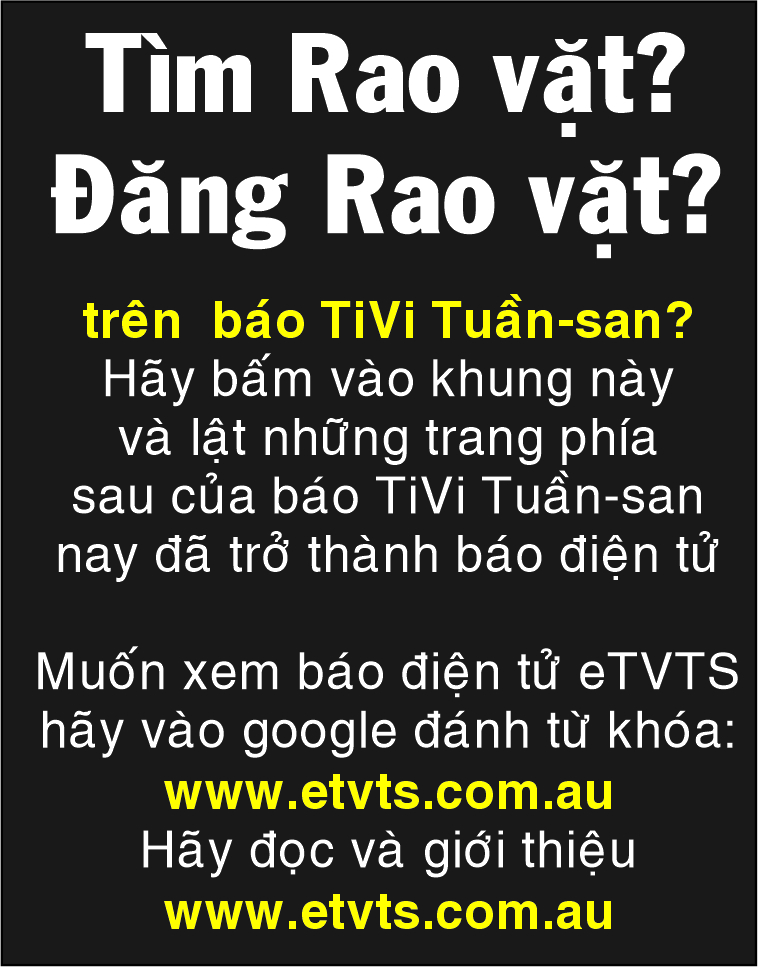Apple unveils iPhone X in major product launch
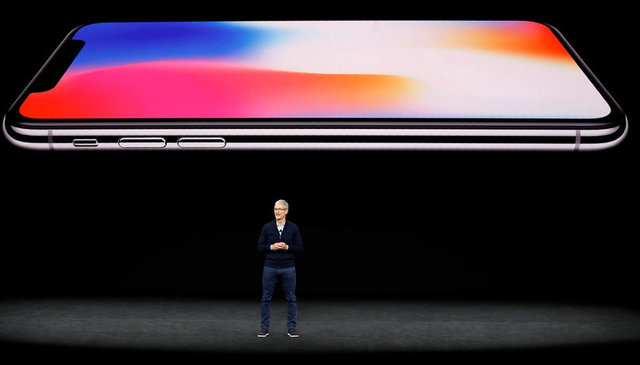 Tim Cook, CEO of Apple, speaks about the iPhone X during a launch event in Cupertino, California, U.S. September 12, 2017. (Photo: Reuters)
Tim Cook, CEO of Apple, speaks about the iPhone X during a launch event in Cupertino, California, U.S. September 12, 2017. (Photo: Reuters) Apple Inc has rolled out its much-anticipated iPhone X, a redesigned product of glass and stainless steel with an edge-to-edge display that Apple Chief Executive Tim Cook called “the biggest leap forward since the original iPhone.”
The phone features wireless charging, an infrared camera and special hardware for facial recognition, which will replace the fingerprint sensor for unlocking the phone. The home button found on previous iPhones is also gone, and users will instead tap the device to wake it up.
But in an embarrassing moment for Apple senior vice president Craig Federighi, the face ID unlocking did not work on his first attempt during the on-stage presentation.
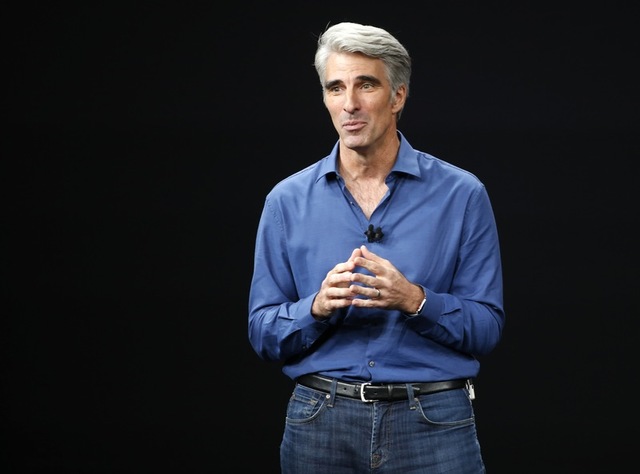
Apple Senior Vice President of Software Engineering, Craig Federighi, speaks during a launch event in Cupertino, California, U.S. September 12, 2017. (Photo: Reuters)
Shares of Apple were last down 1.3 percent after erasing gains of up to 1 percent during the launch event.
The company has sold more than 1.2 billion iPhones over the past decade and ushered in the era of mobile computing, but last year had a substantial decline in revenue as many consumers rejected the iPhone 7 as being too similar to the iPhone 6.
The screen on the iPhone X is about the size of the current iPhone 7 plus, though the phone itself is smaller. It features richer colors thanks to a new technology called OLED that other vendors such as Samsung are also rolling out.
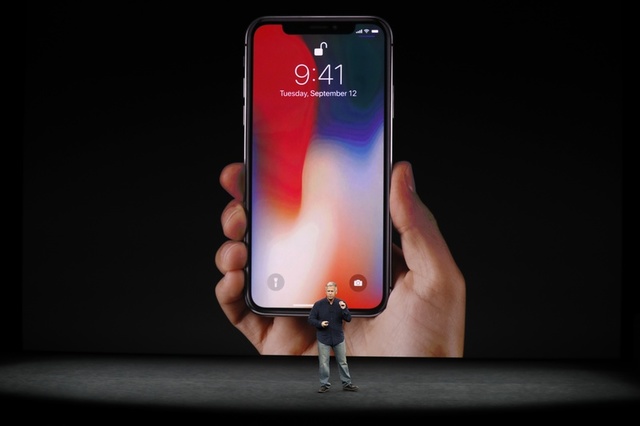
Apple Senior Vice President of Worldwide Marketing, Phil Schiller, introduces the iPhone X during a launch event in Cupertino, California, U.S. September 12, 2017. (Photo: Reuters)
Apple also introduced the iPhone 8 and the iPhone 8 Plus, which resemble the iPhone 7 line but have a glass back for wireless charging.
The new phones feature Apple‘s first proprietary graphics processor, which provides greater speed, improved cameras and some features for augmented reality apps.
In Australia, the 8 and 8 Plus will sell for $1,079 and $1,229 respectively.
Meanwhile, the iPhone X will cost $1579 for the 64GB model and $1829 for the 256GB model.
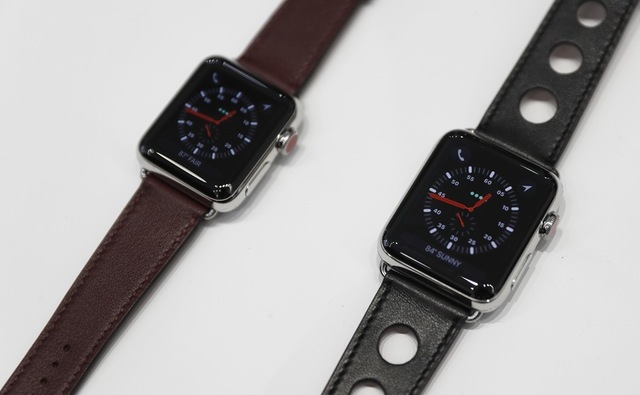
Apple Watches are displayed during a launch event in Cupertino, California, U.S. September 12, 2017. (Photo: Reuters)
The company also introduced an upgraded Apple Watch, which can make phone calls and access the internet without the user carrying an iPhone.
The Series 3 non-cellular version will retail for $459, while the cellular version will sell for $559. The standard Series 1 Apple Watch will receive the new starting price of $359.
Orders for the Series 3 will begin September 15, with the watch becoming available on September 22.
At the launch, it was announced that the upgraded Apple TV will support the high resolution display known as 4K and will also feature more programming options as Apple steps up its efforts to cut content deals and produce its own shows.
with Reuters


